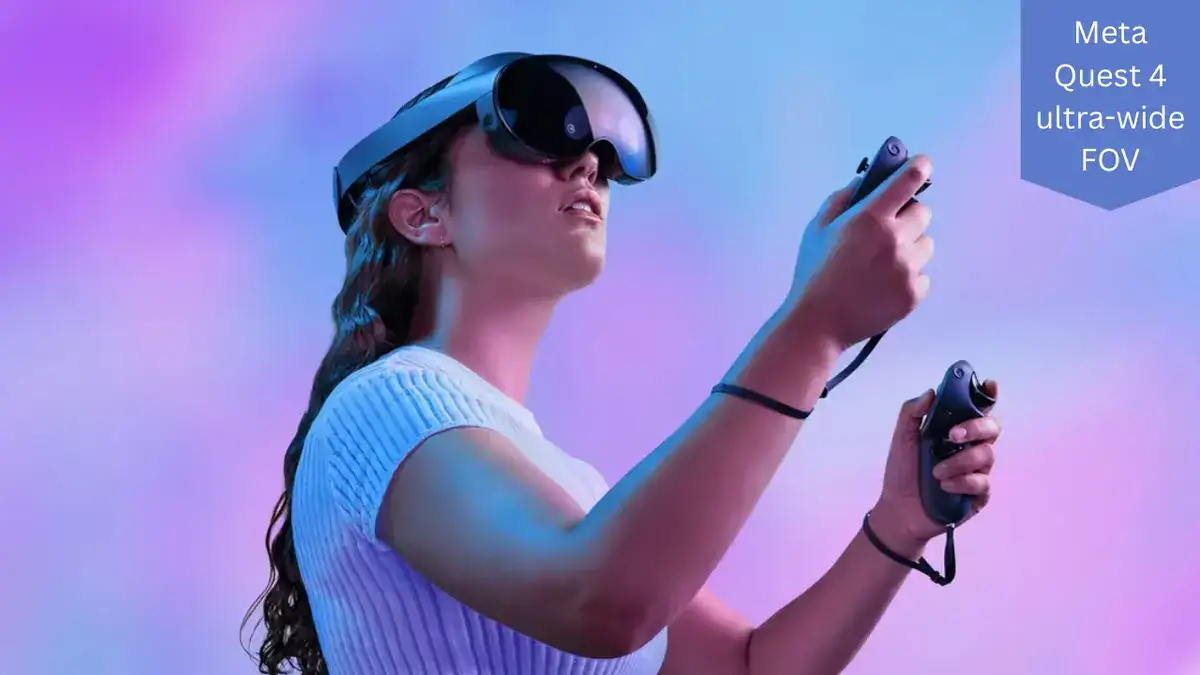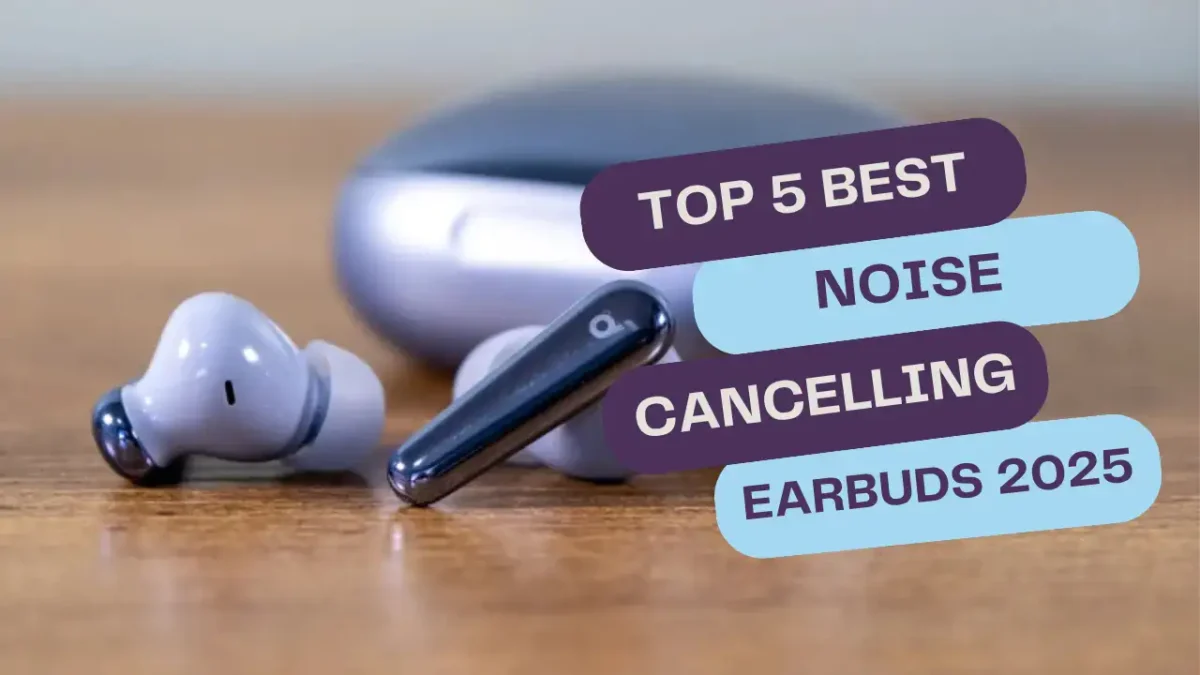Meta has made significant strides in the world of virtual and mixed reality, recently unveiling two groundbreaking prototype headsets that push the boundaries of what is possible in immersive technologies. These new devices, capable of delivering an ultra-wide field of view (FOV) of 180° horizontally by 120° vertically, promise to revolutionize how we experience virtual and augmented environments.

This article delves into Meta’s innovations in ultra-wide FOV headsets, exploring their features, potential, and challenges ahead.
The Quest for Immersive Virtual Reality
Virtual reality (VR) and mixed reality (MR) technologies have made impressive advances in recent years. However, one key element has always remained somewhat limited—the field of view. Traditional VR headsets, like the Meta Quest 3, offer an FOV of 110° × 96°, which, while an improvement from earlier models, still falls short of replicating the full immersive experience of human vision, which is approximately 200° × 135°.
Meta’s latest prototypes, however, push the limits of this technology by achieving an impressive FOV of 180° horizontally and 120° vertically. This development represents a monumental leap forward, promising a more immersive, lifelike VR and MR experience. These prototype headsets, though still in the research phase, provide a tantalizing glimpse of what the future holds for VR and MR enthusiasts.
Key Features of Meta’s Ultra-Wide FOV Prototypes
1. Optical Innovations for Enhanced Vision
One of the most remarkable features of Meta’s ultra-wide FOV headsets is the custom optical design that powers these devices. Traditional VR headsets rely on standard lenses to project virtual environments onto the wearer’s eyes. However, Meta has taken a different approach by utilizing high-curvature reflective polarizers. This optical technology enables the creation of an expansive field of view without compromising on image clarity or visual comfort.
The VR prototype headsets are equipped with these advanced optical systems, providing an FOV that is far wider than anything currently available on the market. The MR prototype, on the other hand, integrates custom cameras that can capture over 80 megapixels of detail at 60 frames per second. This capability is particularly crucial for mixed reality applications, where high-quality passthrough visuals allow users to seamlessly blend the real world with virtual elements.
2. Achieving the ‘Visual Turing Test’
One of the ultimate goals of virtual and mixed reality technology is to create experiences that are indistinguishable from reality. Meta’s ultra-wide FOV prototypes take us one step closer to this goal by achieving what some researchers refer to as the “Visual Turing Test.” This concept refers to the point at which it becomes difficult for users to differentiate between the virtual world and the physical world.
Human vision naturally encompasses a wide FOV, and the immersive quality of VR headsets is often limited by how much of the visual field the device can cover. By expanding the FOV to 180° horizontally and 120° vertically, Meta’s prototypes closely mimic the human field of vision, making virtual environments feel more realistic and lifelike. This innovation could potentially transform the way we interact with virtual worlds, allowing for more natural movements and a heightened sense of presence within VR and MR environments.
3. Sleek Design and Usability
Despite offering an unprecedented FOV, Meta’s prototypes manage to maintain a form factor that is similar to current consumer VR headsets. This is a crucial achievement, as one of the significant challenges of designing ultra-wide FOV devices is ensuring that the headsets remain comfortable and practical for extended use. Meta’s engineering team has focused on creating a device that delivers cutting-edge performance without compromising on comfort, weight, or ergonomics.
The design of these prototype headsets reflects Meta’s ongoing commitment to user-centric innovation, ensuring that the devices are not only powerful but also easy to use for a wide range of applications, from gaming to professional work environments. The streamlined design also addresses the issue of bulkiness, which has often plagued previous VR headsets with wider FOVs.
4. High-Quality Passthrough for Mixed Reality
In addition to its VR capabilities, Meta’s MR prototype features advanced passthrough technology that brings real-world visuals into the virtual space. Using custom cameras capable of capturing over 80 megapixels, the MR headset allows users to see the real world with incredible detail while interacting with virtual objects and environments. This feature is critical for applications like augmented reality (AR) and mixed reality, where the user needs to seamlessly blend the physical and digital worlds.
The quality of the passthrough visuals in Meta’s prototypes is a significant improvement over previous devices. The ability to capture and display high-resolution images at 60 frames per second ensures that virtual objects align perfectly with the real world, reducing the risk of motion sickness and improving the overall MR experience.
The Road Ahead: Challenges and Opportunities
While Meta’s ultra-wide FOV prototypes are undeniably impressive, several challenges must be overcome before these technologies can be integrated into consumer products. These challenges primarily revolve around the computational demands and the technical complexities of scaling these devices for mass production.
1. Computational Demands and Thermal Management
One of the primary concerns with ultra-wide FOV headsets is the increased computational power required to render such expansive virtual environments. The wider the FOV, the more pixels need to be processed and displayed at a high frame rate, which places a greater burden on the processing unit. As Meta continues to refine its prototypes, optimizing the performance of these headsets without sacrificing visual quality will be crucial.
Additionally, thermal management becomes an issue as more powerful components are packed into smaller headsets. The increased processing power required for rendering ultra-wide FOVs generates more heat, and ensuring that the headsets remain comfortable to wear and operate effectively will be an ongoing challenge.
2. Mass Production and Consumer Integration
Although the prototypes demonstrate the potential for ultra-wide FOV headsets, it remains to be seen whether Meta can bring these devices to market at an affordable price point. The technology required to achieve such a wide FOV is still in the research phase, and significant development will be needed to make it scalable for mass production.
Meta’s ability to integrate these innovations into consumer-ready products, such as the anticipated Meta Quest 4, will be a defining factor in the success of this technology. Furthermore, the adoption of ultra-wide FOV headsets will depend on the content ecosystem available for these devices. Developers must create virtual and mixed reality experiences that fully utilize the wider FOV to deliver a truly immersive experience.
The Future of Ultra-Wide Field of View Headsets
Meta’s groundbreaking work in the field of ultra-wide FOV headsets has set the stage for the next generation of virtual and mixed reality experiences. These advancements not only promise to enhance the immersive quality of VR and MR environments but also open up new possibilities for applications in gaming, entertainment, education, and professional fields.
As Meta continues to refine its prototypes and address the technical challenges of ultra-wide FOV technology, it is clear that the company is leading the charge in bringing more lifelike, immersive experiences to users. The future of VR and MR is rapidly evolving, and Meta’s innovations are at the forefront of this exciting transformation.
Key Takeaways:
- Meta’s ultra-wide FOV prototypes achieve a 180° horizontal by 120° vertical FOV, surpassing the current Meta Quest 3 by a significant margin.
- The devices incorporate custom optical technologies, including high-curvature reflective polarizers, to achieve the expansive FOV without compromising image clarity.
- The MR prototype features advanced passthrough capabilities with cameras that capture 80+ megapixels at 60 fps, offering a high-quality, seamless blend of the real and virtual worlds.
- Meta’s designs are optimized for comfort and usability, ensuring that the devices remain practical for extended use.
- Challenges such as computational demands, thermal management, and mass production remain, but Meta’s ongoing research indicates that ultra-wide FOV headsets may become a reality in the near future.
Conclusion
Meta’s exploration into ultra-wide FOV headsets marks a major step forward in the evolution of virtual and mixed reality. With innovations in optical technology, passthrough capabilities, and headset design, the company is poised to redefine what it means to experience the digital world.
While challenges remain, Meta’s continued research and development efforts are paving the way for the next generation of VR and MR technologies, offering a glimpse into a future where virtual and physical worlds seamlessly coexist.
As the technology matures and becomes more accessible, the possibilities for ultra-wide FOV headsets are endless. Whether it’s for immersive gaming, professional collaboration, or educational applications, Meta’s ultra-wide FOV headsets represent the future of digital interaction.



